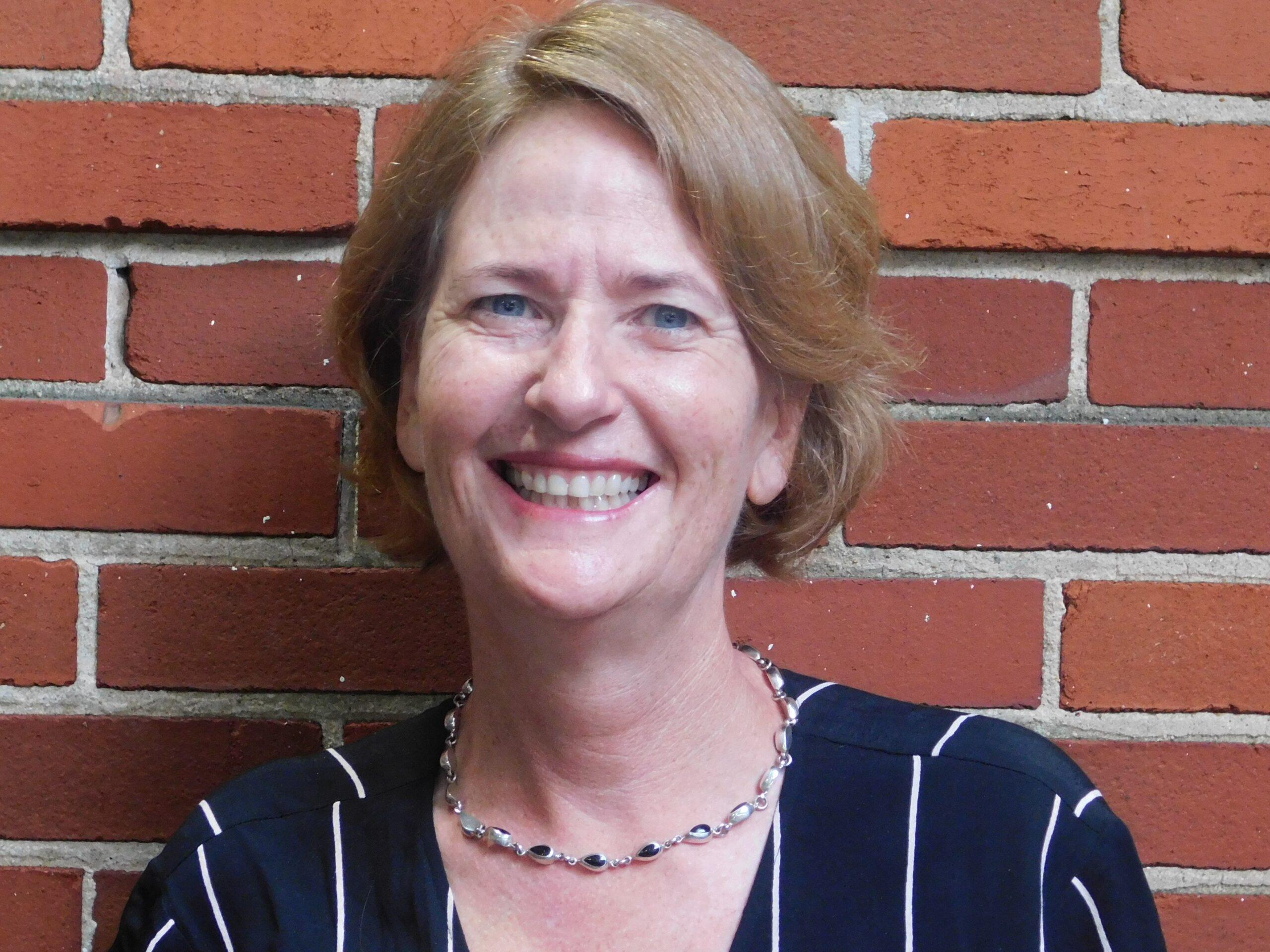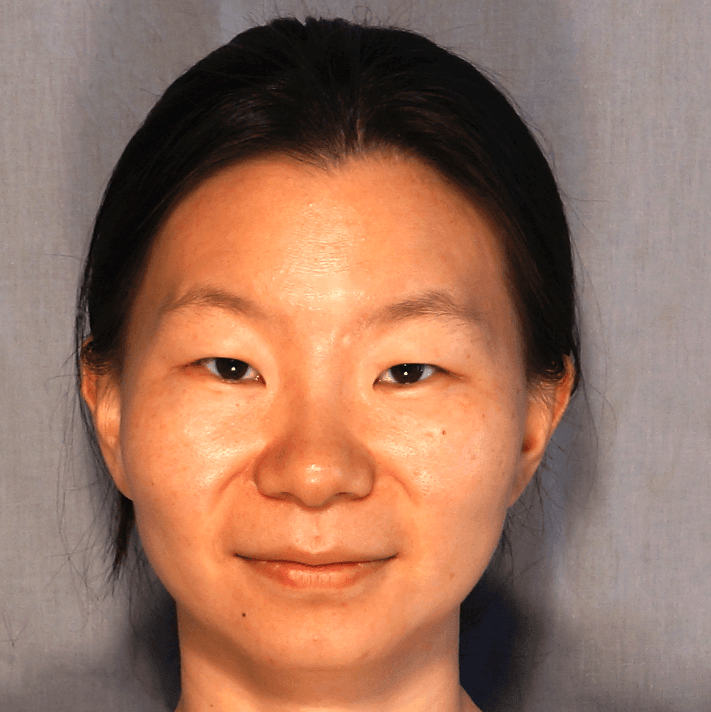Quality Rated Validation Study Report #4: Quality Rated Star Ratings and Independent Measures of Quality, Children’s Growth, and Work Climate
Quality Rated is Georgia’s systematic approach to assessing, improving, and communicating the level of quality in early care and education programs. In Quality Rated, center-based programs and family child care learning homes (FCCLHs) apply to receive a star rating based on a combination of an online portfolio and classroom observations of global quality using standardized tools called the Environment Rating Scales (ERS).
This report is the fourth and final in a series presenting findings from the Quality Rated Validation Project (see the pull-out box on the next page for key findings from the first three reports). As part of Georgia’s Race to the Top—Early Learning Challenge grant, Georgia’s Department of Early Care and Learning (DECAL) invested in evaluating Quality Rated. One part of that evaluation is the Quality Rated Validation Project led by Child Trends in partnership with Georgia State University.
The objectives of the Quality Rated Validation Project were to support Quality Rated leaders in future implementation and revision by providing them with information about (1) their administrative data system and how the ratings are functioning, (2) the extent to which the ratings are accurate and meaningful indicators of quality, and (3) the extent to which the ratings are linked to children’s development and learning.
Key Findings
- Center-based programs and family child care learning homes (FCCLHs) with the highest Quality Rated star rating (three stars) were generally of higher quality than lower-rated programs. In particular, preschool and toddler classrooms in 3-star center-based programs had higher-quality teacher-child interactions than lower rated programs. Three-star FCCLHs had higher-quality provider-child interactions than 2-star, but not 1-star, FCCLHs. Toddler teachers and FCCLH providers in 3-star programs also offered richer language environments than those in lower-rated programs.
- We did not find evidence of differences at every level of star rating or on every independent measure of quality. Although 3-star (and sometimes 2-star) programs were generally of higher quality, some findings were unexpected, showing that there are inconsistent relationships between the ratings and other measures.
- Preschool children in higher-rated programs learned more than children in lower-rated programs in some, but not all, domains. Preschoolers in 3-star programs had stronger math and social skills at the end of the school year than their peers in lower-rated programs, after accounting for their skills at the start of the school year and some other characteristics. The number of stars a program earned was not associated with preschoolers’ early language, literacy, or executive function skills, nor with toddlers’ development in language or social skills.
- In center-based programs with higher star ratings, the work climate was better in terms of turnover, wages, and employee benefits. Fewer directors in 2- and 3-star programs, compared to 0-star programs, reported that two of every three teachers, or more, had left and had to be replaced. The entry-level hourly wage for teachers was more likely to be over $12.50 in higher-rated center-based programs compared to lower-rated programs, and staff members were more likely to receive benefits.
Download
© Copyright 2024 ChildTrendsPrivacy Statement
Newsletter SignupLinkedInThreadsYouTube






